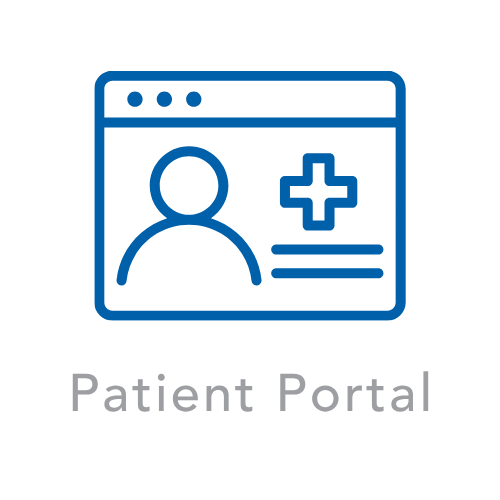Breast MRI
Breast Magnetic Resonance Imaging (MRI) is an advanced technology being used for the early detection of breast cancer. This technology uses blood flow, size and appearance to indicate whether a tumor is most likely benign (non-cancerous) or malignant (cancerous).
Early studies suggest that MRI may benefit certain women, such as those with a family history of breast cancer. For these women, Breast MRI helps physicians better find abnormal areas that may turn out to be cancerous.
Breast MRI is typically used as a screening option for women who:
- Are high-risk, defined as those who have had breast cancer in the past or have a family history of breast cancer
- Have dense breasts or breast implants
- Have inconclusive findings (not clear if cancer is present) after screening with ultrasound or mammography
A Breast MRI exam typically takes about 30 minutes and is performed as an outpatient procedure. After entering the MRI room, you will lie face down on a special device that allows your breast to be lightly compressed between two plastic plates to hold them in place. The device rests on top of a table that slides in and out of the magnet opening. While in the magnet, you may receive an injection of contrast agent. Contrast agent is a clear, non-radioactive liquid that helps your physician see the difference between normal and abnormal tissue. Several images of your breasts are taken. It is important to stay very still during this step, as any movement may affect image quality, making it harder for the physician to find suspicious areas.
After the MRI, a computer reconstructs the images, which are then reviewed and read by one of our Radiologists. Abnormal tissue absorbs contrast agent faster than normal tissue, and initially appears very bright in an MRI image.







